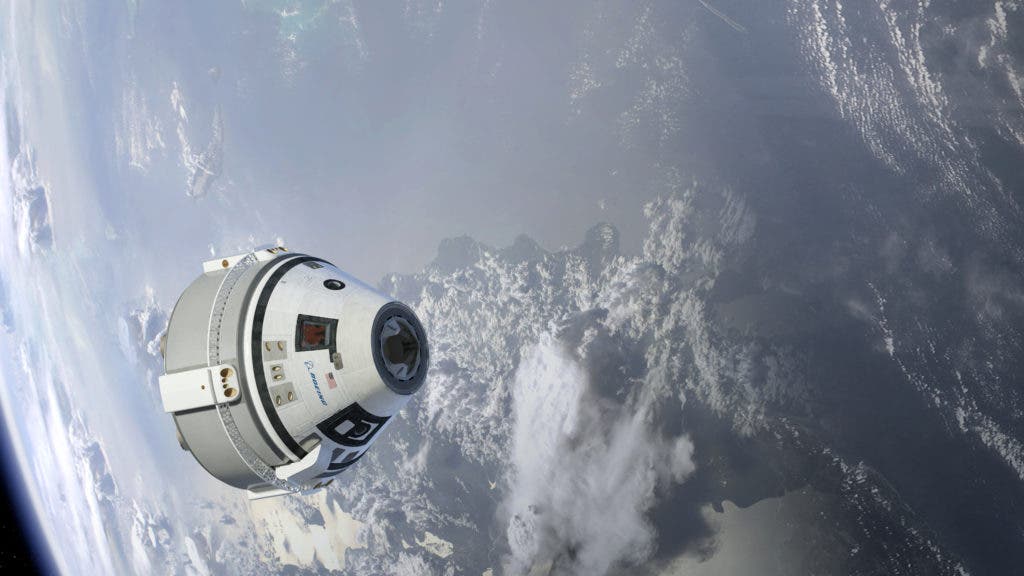
Aerospace company Boeing announced earlier this week that it has re-scheduled the first orbital test flight of its commercial crew capsule, called the CST-100 Starliner. The test flight, which was supposed to occur in April, has been pushed back again to August.
Boeing said the decision to delay the test was made to avoid conflicts with the U.S. Air Force, which is scheduled to use the same launch pad around the same time for its Advanced Extremely High Frequency 5 military communications satellite. The Starliner spacecraft, which was designed and built under a $4.2 billion contract from NASA, was delayed last year when a June test of its emergency abort system revealed a propellant leak. A re-test of the capsule’s abort engines at NASA’s White Sands Test Facility in New Mexico is planned in the coming months. That will be followed by a pad abort test sometime this summer.
“In order to avoid unnecessary schedule pressure, not interfere with a critical national security payload, and allow appropriate schedule margin to ensure the Boeing, United Launch Alliance and NASA teams are able to perform a successful first launch of Starliner, we made the most responsible decision available to us and will be ready for the next launch pad availability in August,” the company said.
Along with SpaceX, Boeing is under contract from NASA to ferry astronauts to the International Space Station. The Chicago-based company will fly their Starliner aboard United Launch Alliance’s Atlas V rocket, the same one needed for the Air Force’s mission.
Originally slated for trips lasting no more than a couple of weeks to the ISS, NASA has announced that Boeing’s initial manned flight – creatively coined the Crew Flight Test — could be a long-duration one, lasting months. The manned test, which is expected to carry two NASA astronauts and Boeing test pilot Chris Ferguson, is expected in late 2019. The extended duration test flight offers NASA the opportunity to complete additional microgravity research, maintenance, and other activities while the company’s Starliner is docked to the station. The mission duration will be determined at a later date.
“NASA’s assessment of extending the mission was found to be technically achievable without compromising the safety of the crew,” said Phil McAlister, director of the commercial spaceflight division at NASA. “Commercial crew flight tests, along with the additional Soyuz opportunities, help us transition with greater flexibility to our next-generation commercial systems.”


